
General Idea
Lying in southwestern China on the upper reaches of the Changjiang (Yangtze) River, Chongqing Municipality is the largest industrial and commercial center in the southwest and a land and water communications hub on the upper reaches of the Changjiang River. It has 40 districts, cities, and counties under its jurisdiction, a population of 30.2 million, and an area of 82,000 square kilometers. In 1997, Chongqing was made the fourth municipality directly under the central government. Camellia is the city flower and Ficus Lacor, the city tree.
The urban area of Chongqing is located on the tip of an offshoot of the Huaying Mountains, slanting from west to east. Chongqing is surrounded by mountains on all sides and by the Changjiang and Jialing rivers on three sides. It is called the "mountain city." The city has a humid, cloudly climate with a long rainy season but scarce snow and frost. Mist lingers on in spring and autumn, hence it is also called "misty Chongqing." The annual mean temperature is 18.6c.
Chongqing features convenient water, land, and air transport facilities. There are more than 50 airlines leading to Nagoya, Singapore, Bangkok, Hong Kong, Beijing, Shanghai, Lhasa, and other places. It is the meeting place of the Chengyu (Chengdu-Chongqing), the Xiangyu Xianfan-Chongqing and Yuhuai (Chongqing-Huaihua) railroads. There are more than 100 houseboats suitable for both foreign and home tourists and over 80 star-class hotels. Chongqing is the best point to start a boat excursion and tour the world-famous Three Gorges on the Changjiang River.
Chongqing features a picturesque landscape, an enchanting night view, cultural sites from the Three Kingdoms period, exquisite stone sculptures in Dazu, the magnificent yet treacherous Three Gorges, and remains of the Far-East Headquarters during World War 11. Its more than 300 scenic spots at the 20-odd scenic areas attract numerous Chinese and overseas tourists.
Come to Chongqing! The enchanting natural landscapes plus man-made scenery there will surely remain in your happy memories.
Geography and Climate
Chongqing is located on the Yangtze River, in the transition area between the Qinghai-Tibet Plateau and the Middle-lower Yangtze Plain. Due to its geographic position and heavy industrial development, Chongqing is known for its fog and suffers from very heavy air pollution. Foggy weather is most prevalent during Spring and Winter days, which bestow this city with the "Fog Capital" title. The air quality in the warmer months as well as the winter can be challenging to people with respiratory problems due to massive amounts of smog. Chongqing has been ranked by the World Bank as one of the most polluted cities in the world.
Chongqing has a four-season humid subtropical climate, with monsoonal influences that typify much of East Asia. Chongqing receives abundant rainfall, averaging about 1000 to 1400 mm (39 to 55 inches) annually. It has plenty of evening rain all year round but it's best to visit the city during Spring, Autumn and Winter
Four seasons in Chongqing
* Spring is foggy
* Summer is hot and very wet
* Autumn is hot and rainy
* Winter is mild and damp
The annual average temperature is 18 C to 20 C with a low temperature of 4 C in winter and a high temperature of 40 C in Summer. Chongqing is famous for its hot Summer weather and the city is known as one of 'the three furnace cities'. The other two are Nanjing and Wuhan.
Climate Data Table for Chongqing
Month Item | Jan | Feb | Mar | Apr | May | Jun | Jul | Aug | Sep | Oct | Nov | Dec |
maximum | 12 | 13.8 | 16.9 | 23.2 | 27.8 | 30.2 | 33.2 | 34.8 | 28.4 | 22.3 | 17.0 | 12.5 |
minimum | 4.8 | 7.7 | 11.0 | 15.2 | 18.6 | 21.8 | 25.6 | 25.4 | 21.3 | 16.5 | 11.6 | 7.9 |
Rainfall (mm) | 20.2 | 21.4 | 36.6 | 105.4 | 153.1 | 170.8 | 175.5 | 154.7 | 128.4 | 93.2 | 46.6 | 25.6 |
Days of rainfall | 10.2 | 10.8 | 12.1 | 15.6 | 16.9 | 16.7 | 12.1 | 11.2 | 14.2 | 15.0 | 12.3 | 10.2 |
History
Chongqing HistoryChongqing is one of the four municipalities directly under the central government at southwest of China. Chongqing is an ancient cultural city with a history of 3,000 years. It is the cradle of the Ba culture, and has been as the capital of a country for 3 times. It was used named Jiangzhou, Bajun, Chuzhou, Yuzhou and Gongzhou.
Early History
Dating back two million years ago, early Paleolithic Age, in today’s Wushan County, Chongqing Municipality, China's first human – Wushan People had appeared.
200,000 – 300,000 years before, at the late Paleolithic age, there had appeared "Tongliang Culture."
Before Qing Dynasty
During Xia and Shang Dynasties, the Three Gorges region was the main producing areas of rock salt. Because salt was one of the important ancient hard currency, which emerged the early Ba People Culture.
During the North and South Dynasties, Ba Jun was named Chuzhou.
In 581, Emperor Wen of Sui Dynasty named it Yuzhou, which was the origin of its short name Yu.
In 1189, Emperor Guang of Song Dynasty was confer titles of Gong King, and then enthroned, which was called two good things, so he renamed Gongzhou as Chognqing. Chongqing got its name 800 years before.
In 1357, Ming Yuzhen conquered Chongqing. In 1363, he claimed to be a king of Xia Dynasty, and Chongqing was the capital. In 1391, the Xia Dynasty last for 9 years and exterminated buy Ming Dynasty.
Qing Dynasty
On Sep. 13, Britain forced Qing Government to signed the Chefoo Convention. Britain could send consul to Chongqing.
On March 31, 1890, Chongqing became the treaty port.
1890, British set consulate in Chongqing.
On March 1, 1891, Chongqing Customs were set near by Chaotianmen.
In 1895, according to Treaty of Shimonoseki, Chongqing opened as treaty port of Japan.
In 1896, France set Consulate General in Chongqing.
In 1896, Japan set Consulate General in Chongqing.
In 1896, USA set Consulate General in Chongqing.
In 1902, Russia established Russian Mansion.
In 1904, German set Consulate in Chongqing.
Modern and Contemporary
1911, the Railway Project Crisis shocked the world.
On November 20, 1937, the ROC government issued the "Declaration on the Nationalist government moved to Chongqing," and on December 1st, the office officially set in Chongqing, Chongqing became the capital of the Republic of China during the war.
On September 6, 1940, the National Government clearly stipulated the provisional capital of Chongqing as the capital of Republic of China.
In 1929, Chognqing formally established the city and the first mayor was Pan Wenhua.
1949, Chongqing was liberated by the Chinese People's Liberation Army
1064-1996, incorporated into Sichuan.
1997, recovered as the municipality directly under the central government.
- Contact Us
-
Tel:
0086-571-88165708
0086-571-88165512E-mail:
admission@cuecc.com
- About Us
- Who We Are What we do Why CUECC How to Apply
- Address
- Study in China TESOL in China
Hangzhou Jiaoyu Science and Technology Co.LTD.
Copyright 2003-2024, All rights reserved





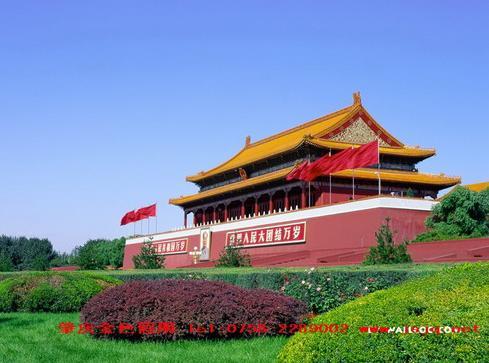
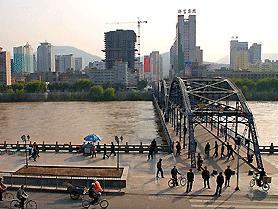
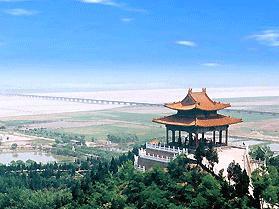

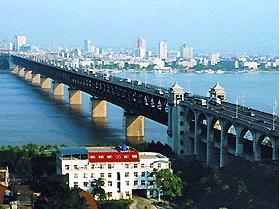
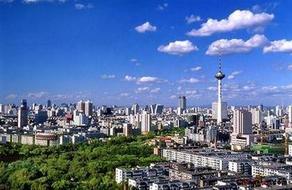
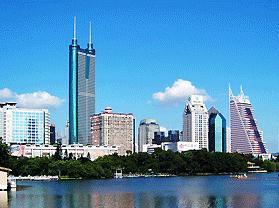
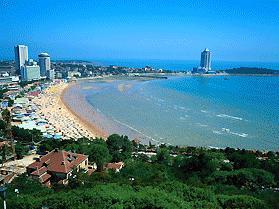
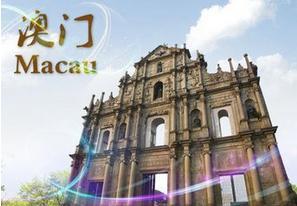
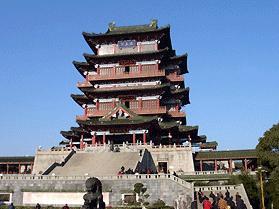
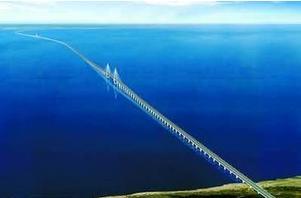
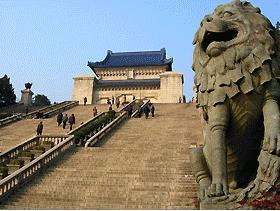
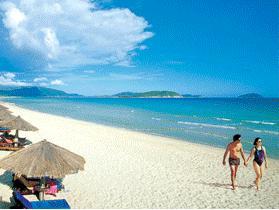
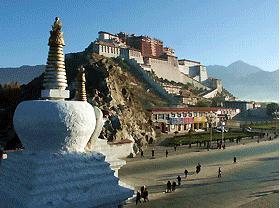
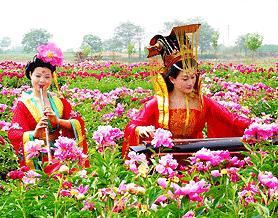
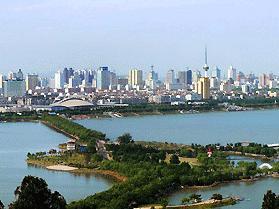
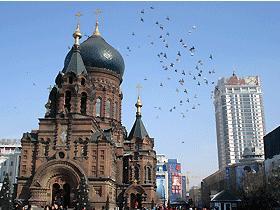
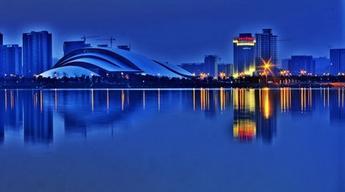
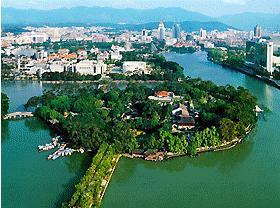
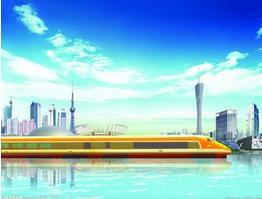
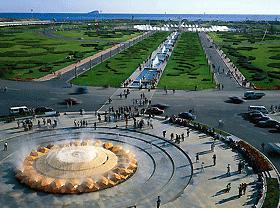
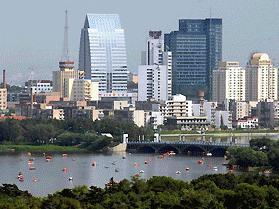
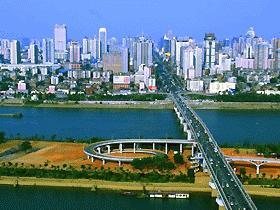
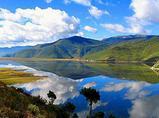
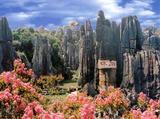

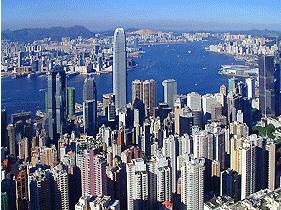
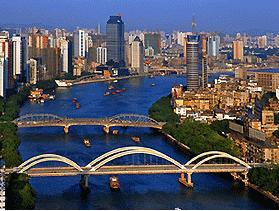
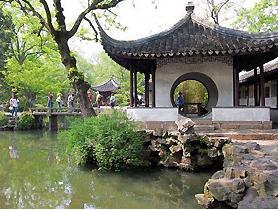
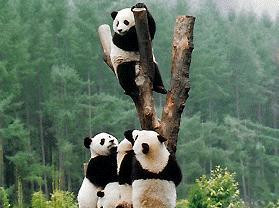
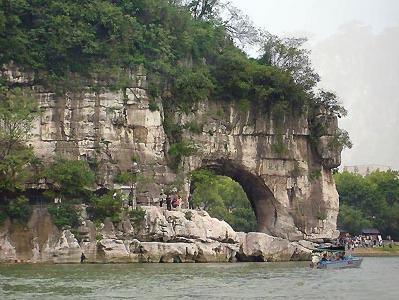
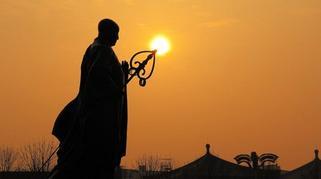
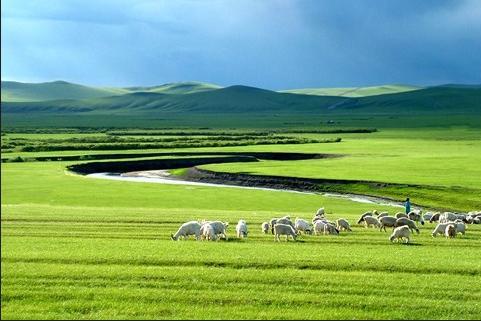

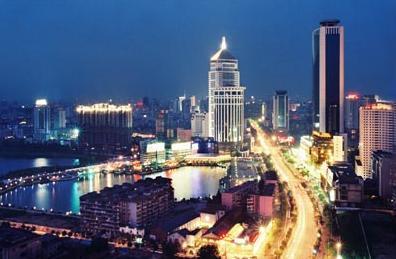
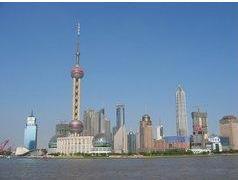
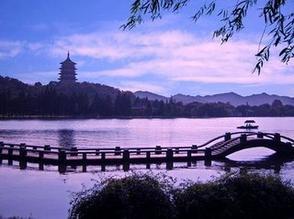


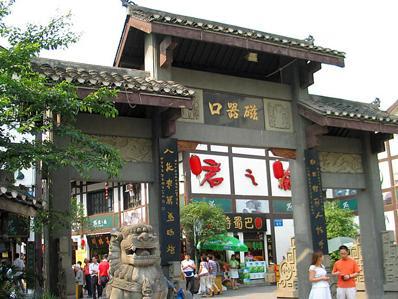
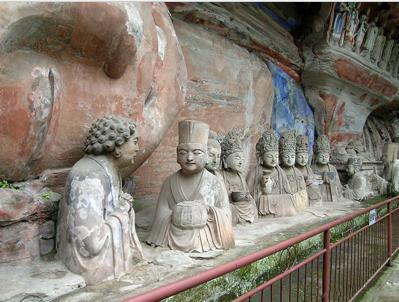
 Chinese
Chinese
 English
English
 Korean
Korean
 Japanese
Japanese
 French
French
 Russian
Russian
 Vietnamese
Vietnamese
